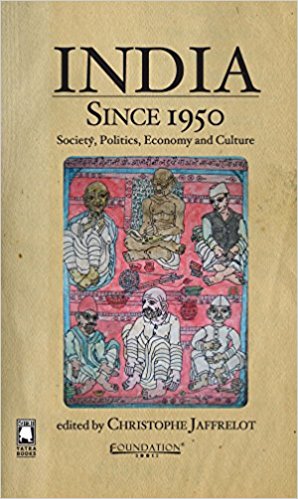Given the centrality that elections have come to occupy in the political fabric of this country, it is not surprising that election studies are one of the prominent and oldest research traditions in political science in India. Almost every election has been followed by a number of publications analysing its different dimensions. These studies have employed a variety of approaches, besides the now dominant survey research approach, others include case studies, anthropological studies, single-election studies and also interpretative and descriptive accounts (Stéphanie Tawa Lama-Rewal, 2009). India’s 2009 Elections, the book under review, is the fourth successive election study by two renowned and respected experts on political parties and elections, Paul Wallace and Ramashray Roy. Like their previous collective volumes in which they analysed the 1998, 1999 and the 2004 General Elections, this study is also primarily located in the interpretative and descriptive studies tradition.
June 2012, volume 36, No 6

